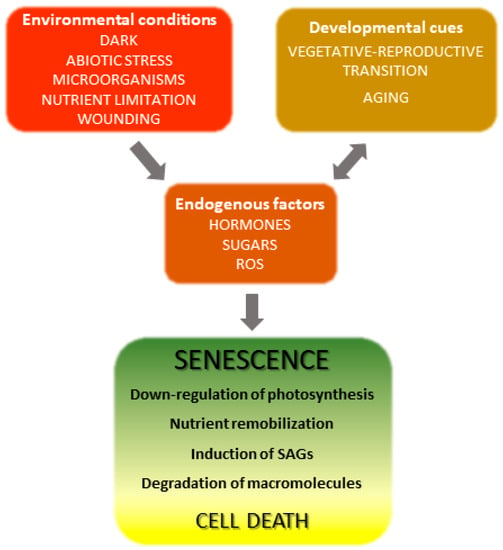One infected plant (out if 17) of a new cross of Colombian Mangobiche landrace x imported Mexican Sativa Skunk.
This only affecting a single revegging, red-stemmed male. Infected part was removed and im treating it as Botrytis with Sodium Bicorbonate solution while I figure it out. So far so good.
Anybody know whats going on?
Excess Anthocyanins maybe?
This started after the male showed sex, had his parts removed and was forced into revegging. Was quite trichey in early flower too, so i'd like to diagnose and cure this.
This only affecting a single revegging, red-stemmed male. Infected part was removed and im treating it as Botrytis with Sodium Bicorbonate solution while I figure it out. So far so good.
Anybody know whats going on?
Excess Anthocyanins maybe?
This started after the male showed sex, had his parts removed and was forced into revegging. Was quite trichey in early flower too, so i'd like to diagnose and cure this.
Attachments
-
 received_1861047850994392.jpeg66.5 KB · Views: 44
received_1861047850994392.jpeg66.5 KB · Views: 44 -
 received_652101270410813.jpeg64.6 KB · Views: 52
received_652101270410813.jpeg64.6 KB · Views: 52 -
 received_788930116256369.jpeg119.1 KB · Views: 56
received_788930116256369.jpeg119.1 KB · Views: 56 -
 received_1838209903315862.jpeg62.2 KB · Views: 48
received_1838209903315862.jpeg62.2 KB · Views: 48 -
 received_734409625390229.jpeg92.5 KB · Views: 45
received_734409625390229.jpeg92.5 KB · Views: 45 -
 received_1493016678219663.jpeg126.7 KB · Views: 47
received_1493016678219663.jpeg126.7 KB · Views: 47









